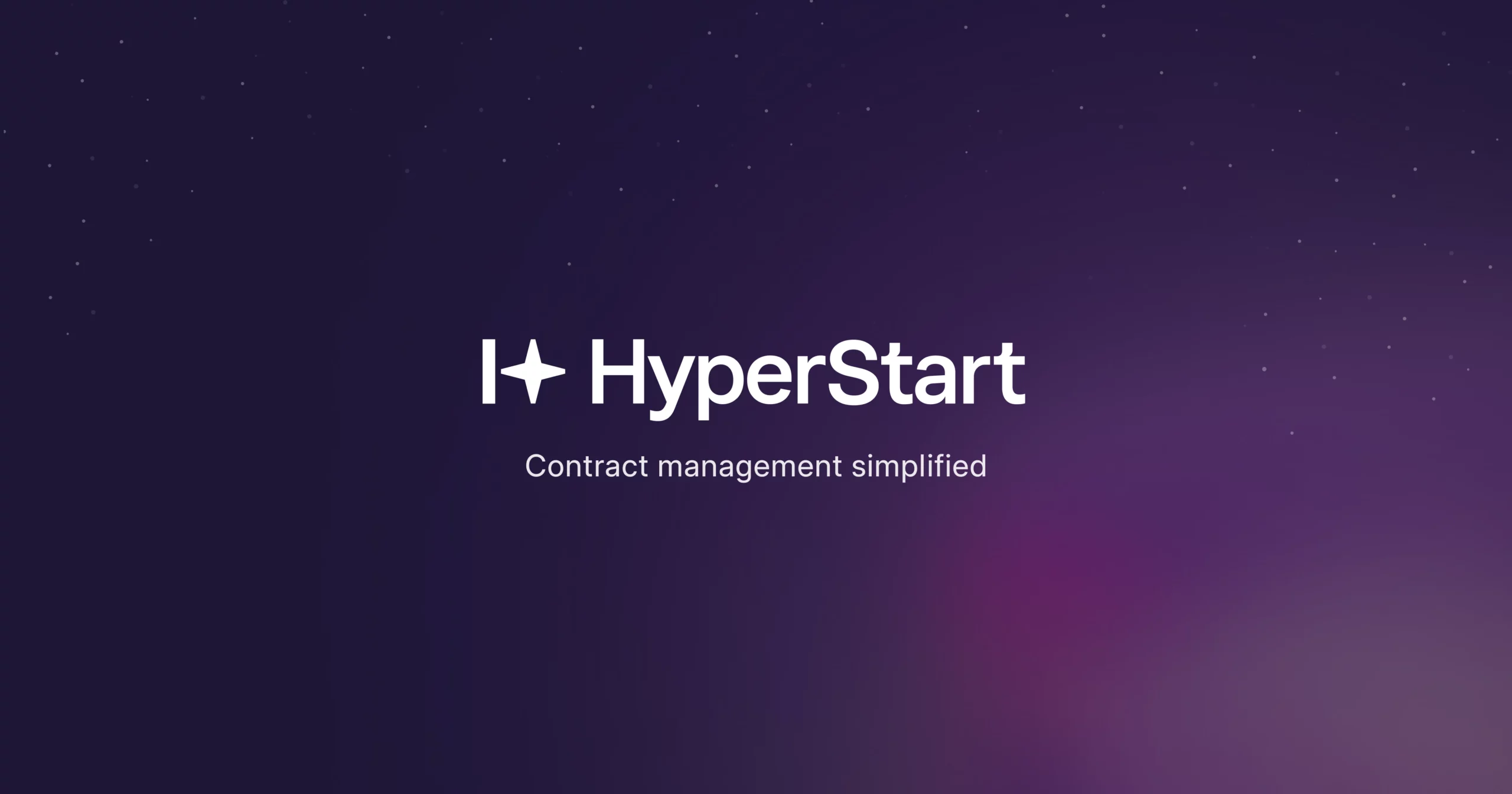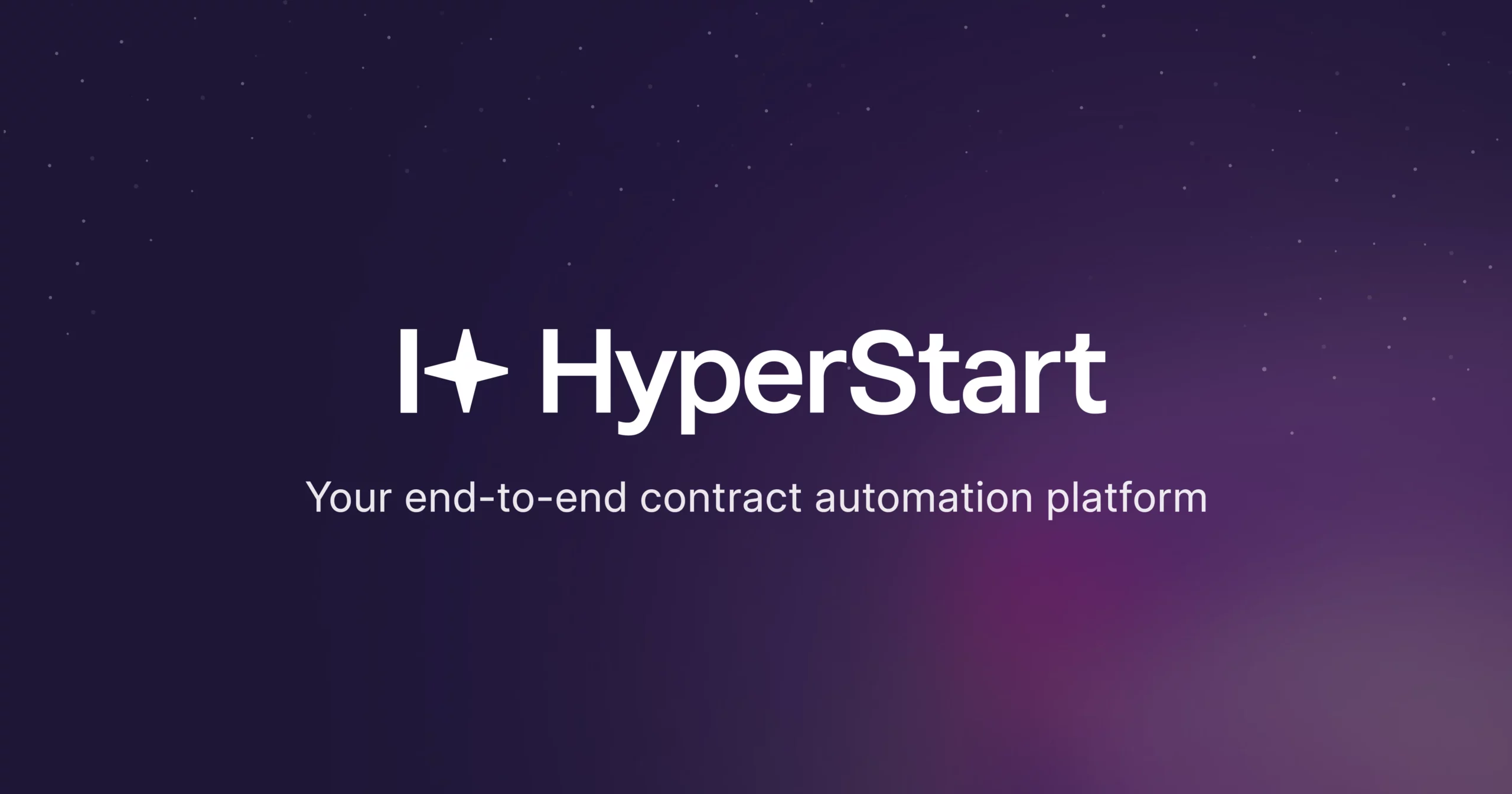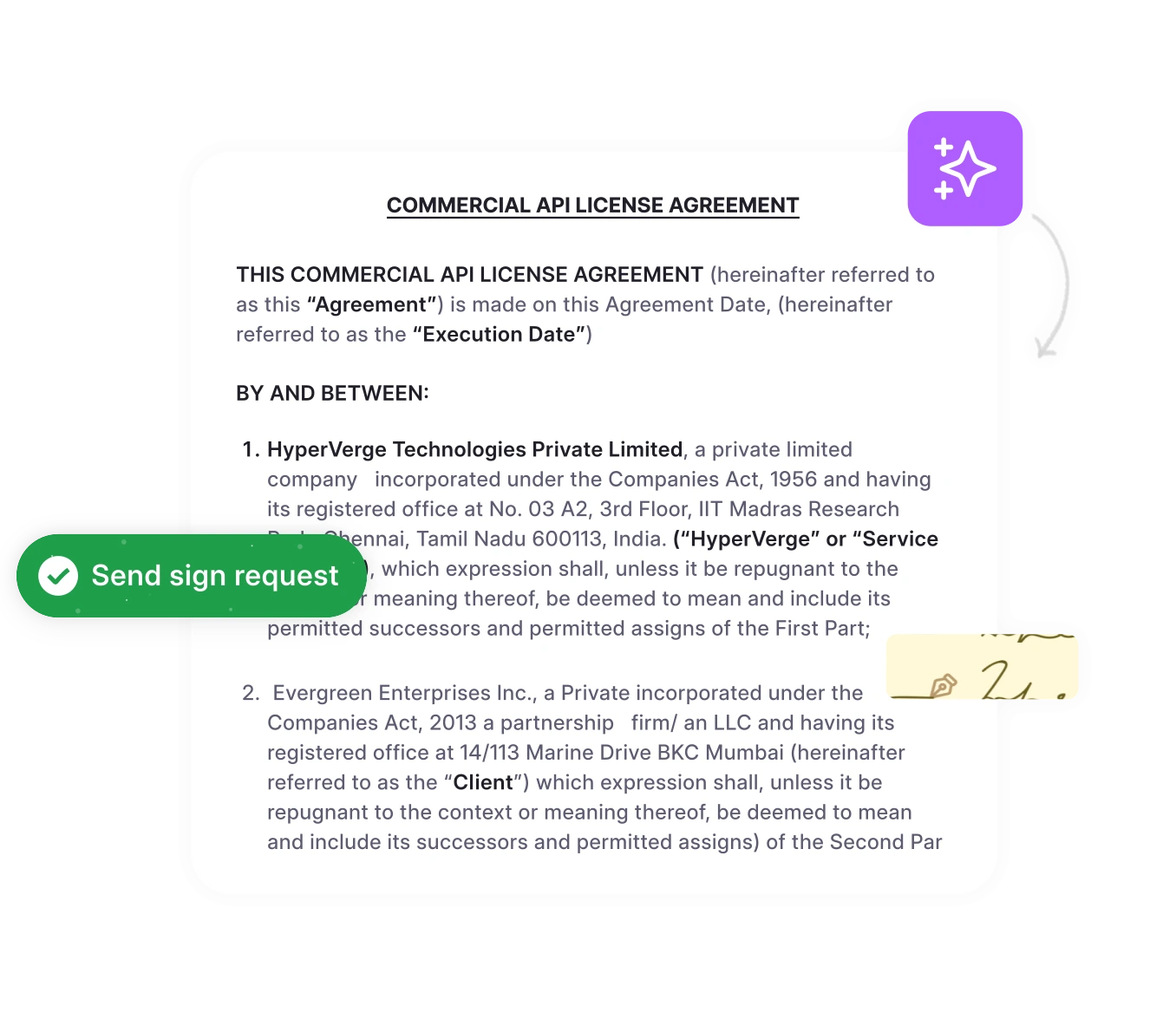TL;DR
- Legal Ops helps legal go from exhaustive to efficient
- Data, tech, and talent setting the tone for how legal ops is evolving
- CLOC sets the 12 CORE competencies
- Where do you start?
What is legal operations?
Legal operations is the strategic management of legal technology, people, and processes. It applies business principles and best practices to the delivery of legal services. It is like the central nervous system of the legal department, ensuring that all the moving parts work together seamlessly and efficiently.
Understanding what legal operations represent is just the first step. The real question facing legal leaders today is whether they can afford NOT to invest in this function.
Why is legal operations important?
Below are 2 definitions from authorities on the subject.
- Value is better proved with data than opinions. Legal ops as a formal function has shown cost savings, risk reduction, and business impact.
- AI and other legal tech revolutionize efficiency while specialists choose, implement, and operate these tools.
- Legal resources are better engaged in high-impact legal work, not administrative tasks.
“Legal Operations (or legal ops) is a set of business processes, activities, and the professionals who enable legal departments to serve their clients more effectively by applying business and technical practices to the delivery of legal services.”
“Legal Operations are any activities focused on optimizing legal services for the corporation.”
The Corporate Legal Operations Consortium (CLOC), a leading organization in the field, sets the blueprint for excellence in legal ops. Let’s go over them next.
The CLOC core 12 competencies: A blueprint for excellence
CLOC defines operational maturity across 12 core capabilities, from foundational to strategic. Legal business teams may track data, projects, and processes on spreadsheets at the foundational level. While advanced teams use dashboards and other tools to forecast and optimize business performance.
- Business Intelligence: The business acumen to make better decisions. Collect, organize, analyze, and visualize data to uncover trends and find efficiencies.
- Financial Management: Measure, monitor, and create an intentional financial approach. Use budget, time, and people wisely to forecast expenses and optimize resources.
- Vendor Management: Strategically select, manage, and foster relationships that deliver value, increase transparency and accountability.
- Information Governance: Design, develop, and implement policies to organize, secure, store, and share organization’s information assets. Mitigate risk, control cost, and support compliance and legal standards.
- Knowledge Management: Create systems and processes to tap into the knowledge and capability of the entire organization.
- Organizational Optimization and Health: Design balanced and high-impact teams that are aligned with your vision, culture, and values. Recognize talent, hire tactfully, incentivize retention with career development and work-life dynamics.
- Practice Operations: Streamline the day-to-day operations of the legal department for focused work for the highest levels of efficiency.
- Program and Project Management: Organization wide initiatives that encourage change and innovation without losing sight of organizational goals.
- Service Delivery Models: Allocate and align the right resource with the right function internally and externally for most effective deliveries.
- Strategic Planning: Set short and long term goals to anticipate and support organizational success as strategic business partners.
- Technology: Select, implement, and manage technology solutions that automate, scale, mature, and advance the legal department’s operations.
- Training and Development: Educate and develop capacities for knowledge sharing, training and development to meet business objectives.
These competencies don’t emerge overnight. It’s helpful to examine how legal operations functions can mature progressively and practically.
Switch to Smarter Contracting
See why legal teams trust HyperStart to simplify and accelerate every step of the contract lifecycle.
Book a DemoThe next section examines this ascent in 4 key areas.
Legal operations change management maturity levels
Most legal departments fall into one of three maturity levels when it comes to change management. Understanding where you currently stand helps you identify specific areas for improvement and chart a path toward more effective change implementation.
| Category | Early | Intermediate | Advanced |
| Communication Approach | • Ad hoc communications via email/meetings | • More consistent cadence and format | • Portal-based central repository |
| • Word-of-mouth information spread | • Less email dependency | • External business-facing communications | |
| • No systematic approach | • Improved information flow | • Branded, consistent messaging | |
| • Reduced reliance on cascading | |||
| Change Management Process | • No CM process or strategy | • Systematic CM for major initiatives | • Structured cumulative impact management |
| • Information about initiatives quickly diminishes | • CM recognized as success ingredient | • CM plans for all major initiatives | |
| • Reactive resistance management | • Project-level responsibility only | • Standard framework and decision-making process | |
| Leadership & Culture | • Past stumbles create cynicism | • Leadership doesn’t consider cumulative impact | • CM competency throughout organization |
| • No structured leadership approach | • Project-focused approach | • Fundamental part of culture | |
| • Reactive problem-solving | • Growing awareness of CM importance | • Structured roles and responsibilities | |
| Stakeholder Engagement | • Limited stakeholder consideration | • Communications to affected stakeholders | • All stakeholders systematically informed |
| • No systematic feedback collection | • May miss key CM elements | • Feedback actively sought and addressed | |
| • Resistance addressed reactively | • Limited stakeholder analysis | • Comprehensive engagement & strategy planning |
Everyone starts someplace. You can determine where you go from here. Small, well-executed changes that already align with your business objectives often deliver better results than ambitious bets that don’t fit in the scheme of things.
Here’s one such story.
“One in house legal team implemented firm scorecards across a dozen practice areas. Within months, they saw higher engagement from their panel firms, more transparent communication, and measurable improvement in outcomes. The simple act of defining what “good” looked like changed the way that the work got done.”
The evolution of legal operations
Legal operations did not emerge overnight. Its evolution spaces decades, shaped by changing business complexity and rising expectations for legal teams to function as strategic advisors.
Let’s look at the historical factors that shaped the business of law.
- Post-World War II Expansion (1950s–1980s): Corporate legal departments grew significantly during the post-war economic boom, expanding beyond simple contract review to handle increasingly complex regulatory environments. During this era, legal teams focused primarily on risk management and outside counsel coordination, with limited operational sophistication.
- Early Innovation (1990s–2000s): Forward-thinking companies like GE, Bank of America, and Prudential became pioneers by dedicating specific employees to optimize legal spending and drive operational efficiencies. This marked the first recognition that legal departments needed business-minded operational support to maximize their strategic impact.
- Mainstream Adoption (2010s–Present): The 2008 financial crisis accelerated demand for legal cost control and operational efficiency. In 2010 it was recognized by the industry as a discrete function. By 2018, the Association of Corporate Counsel found that 47% of legal departments employed dedicated legal operations professionals—a dramatic increase from virtually zero two decades earlier.
The driving forces behind legal operations growth
| Era | Primary Challenges | Legal Operations Response |
| Pre-1990 | Basic risk management and outside counsel oversight | Informal administrative support |
| 1990-2005 | Regulatory complexity and international expansion | Dedicated spend management and process optimization |
| 2005-Present | Technology disruption, data requirements, strategic alignment expectations | Formal legal operations function with specialized expertise |
In 2023, 83% of legal operations professionals reported an average increase of 5% in budget, signaling continued organizational investment in the function.
However, while budgets increase, legal ops faces issues in alignment, AI, and retention. Here’s how:
- Culture gaps: Nearly all survey respondents reported experiencing friction with their legal teams because of power dynamics and decision making authority. 41 % state that these tensions occur often and 99% believe that bridging this gap would improve the organizational performance.
- AI gap: 6 out of 10 organizations had no AI policies or governance systems in place. Only 3% said AI tools were explicitly approved. Both points of data imply compliance and IP risk.
- A career satisfaction gap: 1 in 3 legal ops professionals reported extremely or very high stress and burnout levels, 64% were actively open to new roles, and 49% indicated their team struggles with retention.
This historical progression reveals a clear pattern: legal operations emerged as a response to increasing pressure and complexity for efficiency. As we look ahead, the function continues to evolve, but the core challenge remains the same—helping legal departments deliver more strategic value while managing operational excellence.
The legal departments that recognize and address these challenges will be best positioned to leverage legal operations as a true competitive advantage.
Why is legal operations more critical than ever in 2025?
The convergence of regulatory changes, technological disruption, and mounting business pressures has made legal operations not just helpful but essential for survival.
“In-house and legal ops teams need tight alignment to meet the challenges of an increasingly complex regulatory, legal, and technology landscape. The regulatory environment is changing fast across practice areas, technology is disrupting the business of law, and cost and talent pressures keep rising. To optimize in-house operations, legal ops leaders need to be equal partners with their in-house lawyer colleagues in the decision-making processes that drive innovation, optimize budgets, and flex capacity.”
The legal operations function is no longer a luxury—it’s become a competitive necessity. Here’s how legal departments stand to gain:
- Standardize and automate repeatable work. Free lawyers from routine tasks to focus on strategic initiatives.
- Reduce error, risk, and opportunity cost. Implement systematic processes that minimize costly mistakes.
- Gain productivity and efficiency. Optimize workflows and eliminate cross functional bottlenecks.
- It assists you in training and the transfer of critical knowledge. Create systems that capture and share critical institutional knowledge.
- Delegate effectively quantifiable evidence of value. Generate data-driven insights that demonstrate legal business impact.
- You’re saved from stress and burnout. Remove administrative burdens that drain legal team energy and morale.
The question isn’t whether your legal department needs operations support; it’s whether you can afford to continue without it. If you’ve already established that, then go on ahead to collect, analyze, and present data that demonstrates the legal department’s contribution to the bottom line.
Key metrics to track:
| Metric category | Key performance indicators (KPIs) |
| Cost savings & efficiency | – Reduction in outside counsel spend- Cost savings from technology management & implementation- Improved contract cycle times- Matter lifecycle duration |
| Risk mitigation | – Reduction in litigation costs- Number of compliance issues identified and remediated- Improved contract risk scores |
| Strategic alignment | – Percentage of legal department goals aligned with business objectives- Revenue enabled or protected through legal guidance |
| Stakeholder satisfaction | – Internal client satisfaction scores (NPS)- Timeliness and quality of legal support |
The legal profession is at an inflection point. Technology is accelerating, business expectations are rising, and the traditional ways of working are no longer sufficient. Legal operations provides the bridge between where legal departments are today and where they need to be tomorrow.
Building a high-performing legal operations team: A step-by-step guide
The structure and composition of a legal operations team vary in size and maturity. However, there are some common signs you need one:
- You’re a General Counsel or in-house lawyer feeling burnout.
- A business leader seeking to optimize the efficiency and strategic contribution of your legal department.
- A professional aspiring to a career in the dynamic and growing field of legal operations.
Next we will explore how a well-structured legal operations function can revolutionize legal departments, transforming them from reactive legal service providers into proactive powerhouses that drive tangible business value.
Step 1: Identify pain points
Before you can build a solution, you need to understand the problem. Conduct a thorough assessment of your legal department’s current operations to identify areas of inefficiency, bottlenecks, and frustration. This can be done through:
- Interviews with legal team members and business stakeholders.
- Surveys to gather quantitative and qualitative feedback.
- Process mapping exercises to visualize current workflows.
- Analysis of existing data on legal spend, matter volume, and cycle times.
Step 2: Define your mandate and get buy-in
Based on your assessment, define the mission and scope of your legal operations function. What are the key problems you are trying to solve? What are the top priorities for the first 6-12 months?
It is crucial to secure buy-in from non-legal decision makers. Present a clear business case that outlines the expected benefits of a legal operations function, including cost savings, risk reduction, and improved strategic alignment.
“There’s never an issue that only pertains to legal. You can’t just sit at your desk and research a case in hopes that the answer will magically appear. You must always be thinking about how to work cross-functionally.”
Step 3: Start small and demonstrate early wins
You don’t need massive legal operations. Start with one or two key hires who can focus on a few high-impact initiatives. Early wins will help to build momentum and demonstrate the value of the legal ops function to the rest of the organization.
Common first hires in legal operations:
- Legal Operations Manager: A generalist who can oversee a wide range of operational tasks.
- Legal Technologist/Analyst: A specialist who can manage the department’s technology stack and data analytics.
Step 4: Develop a technology roadmap
Technology is a key enabler of legal operations. Develop a technology roadmap that outlines your short-term and long-term technology priorities. This roadmap should be aligned with your overall legal operations strategy and budget.
Key considerations for your technology roadmap:
- Foundation first: Start with foundational technologies like e-billing and matter management.
- Integrate and automate: Look for solutions that can integrate with each other and automate manual processes.
- Organic user adoption: Choose user-friendly tools and provide adequate training and support.
“Achieving better integration of e-Billing and contract management tools between our department and our firms and vendors and development of automated GC dashboard are areas where we can expect to see evolution in the discipline in the near future.”
Step 5: Foster a culture of continuous improvement
Legal operations is not a one-time project. It’s an ongoing journey of continuous improvement. Foster a culture where the legal team is encouraged to identify opportunities for improvement and experiment with new ways of working.
Strategies for fostering continuous improvement:
- Regularly review and refine processes.
- Encourage feedback and suggestions from all team members.
- Stay up-to-date on industry best practices and emerging technologies.
Whether it’s through scorecards, post-matter debriefs, or regular business reviews, the best legal departments treat firm management as a cycle, not a one-time setup.
The future of legal operations: A strategic imperative
The role of legal operations will only continue to grow in importance in the coming years. As legal departments become more deeply embedded in the business, the need for sophisticated operational management will become even more acute. We can expect to see several key trends shaping the future of legal operations:
- Competitive hiring for the legal operations professional: The legal operations professional of the future will be a true business partner with a deep understanding of law and business with skills in data analytics, technology, and change management.
- Automation and the impact of AI: Artificial intelligence will continue to automate more and more routine work so legal professionals can focus on higher-value work.
- ESG and DEI mandates: Legal operations will play a key role in helping legal departments to track and report on their environmental, social, and governance (ESG) and diversity, equity, and inclusion (DEI) initiatives.
- The blurring of lines between legal and other departments: As legal operations become more sophisticated, we will see greater collaboration and integration between the legal department and other business functions like finance, IT, and procurement.
Conclusion
The message is clear: for legal departments to thrive in the modern business environment, a robust and strategic legal operations function is no longer optional. Legal departments can transform themselves from cost centers into strategic assets that drive tangible business value.HyperStart CLM automates and simplifies one aspect of the legal operations function. If you’d like to see it in action, book a demo here.










